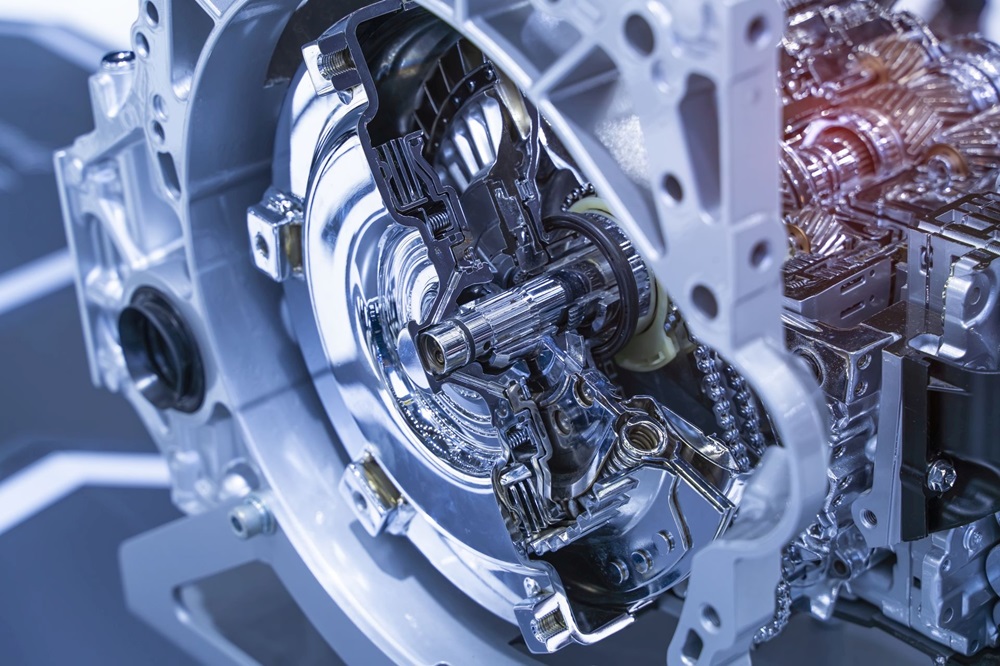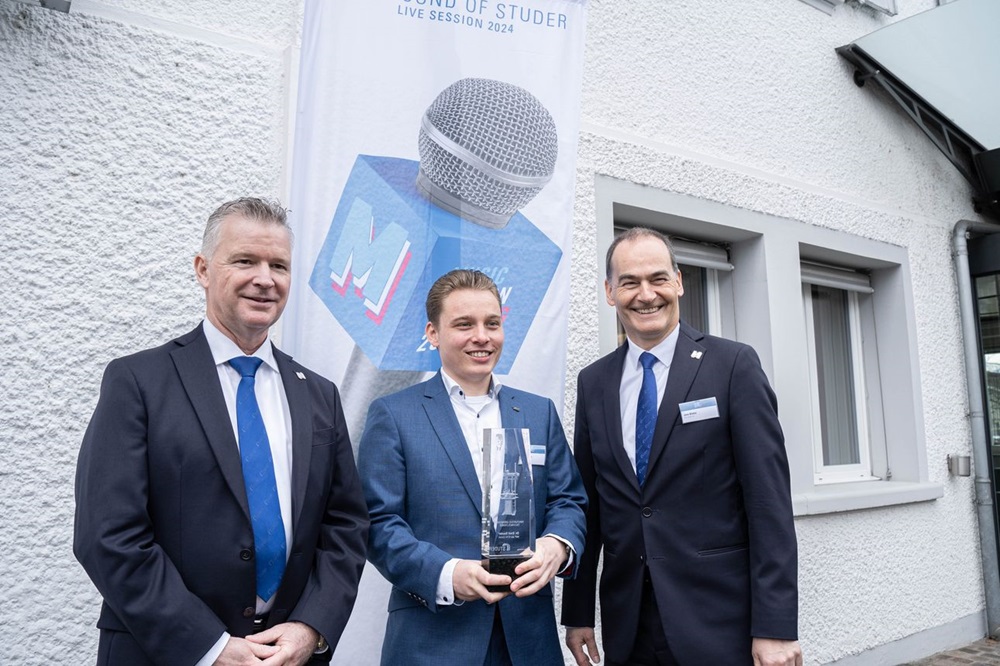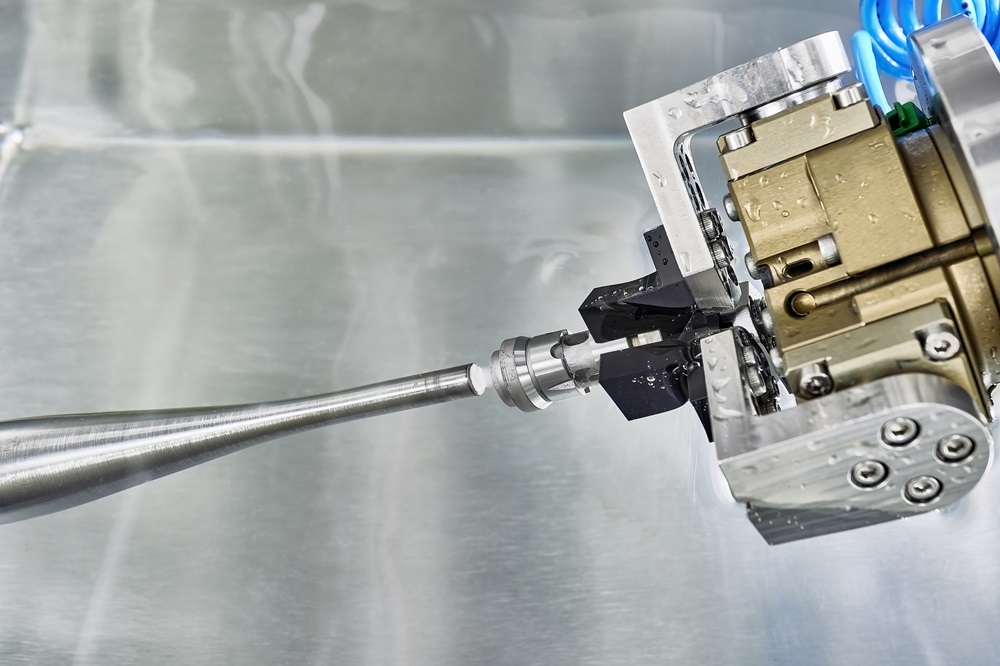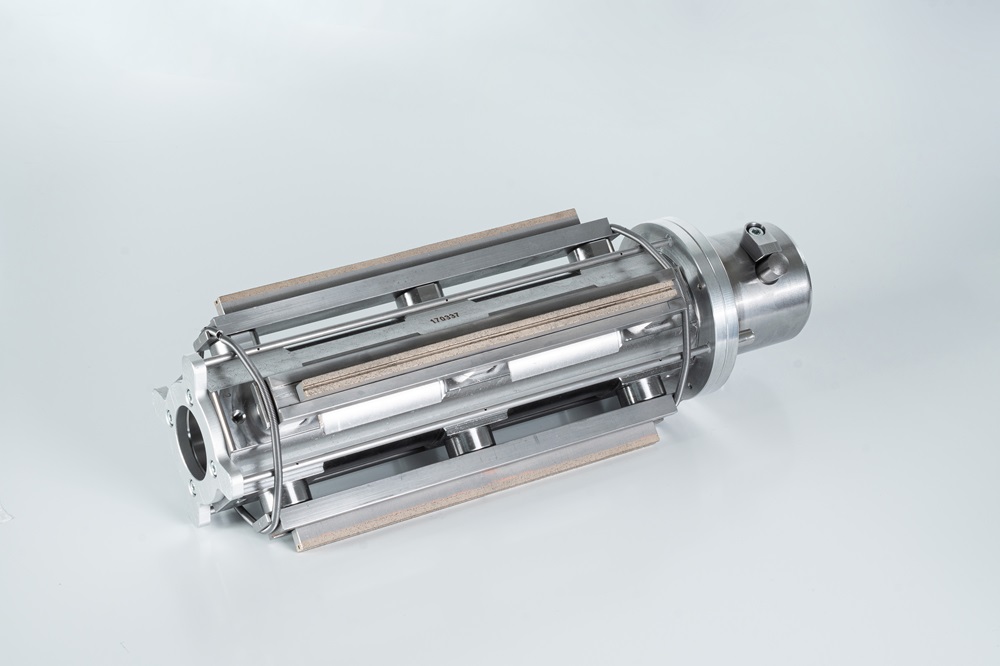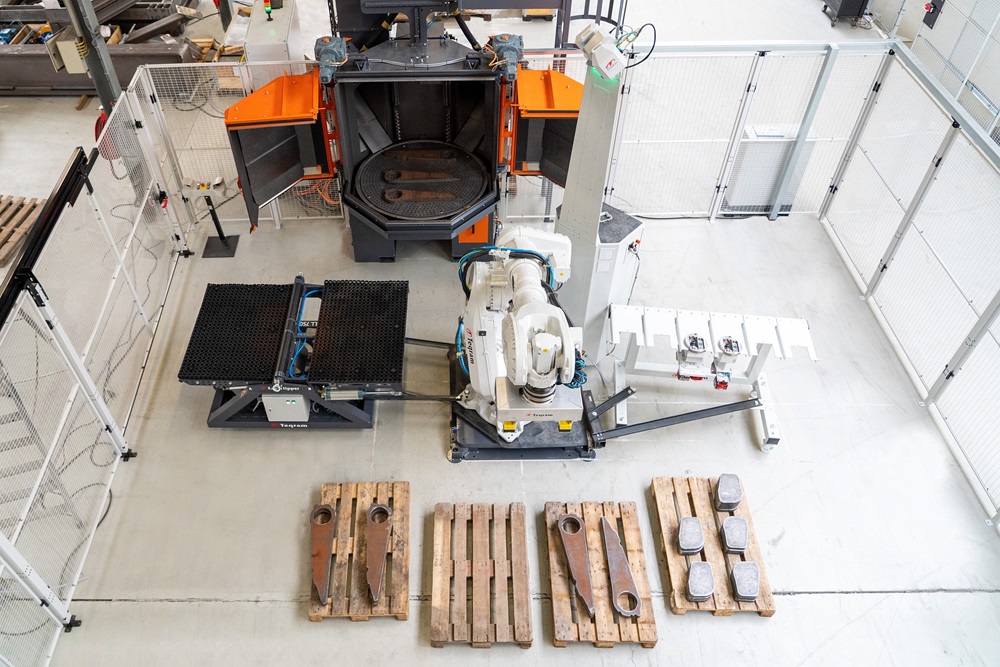The new Parts Finishing trade fair will take place for the first time at the Karlsruhe Exhibition Centre on 13-14 November 2024. The new format features a comprehensive focus on deburring, component cleaning and surface finishing, from stand-alone processes right up to networked production lines.
In order to be competitive in growth markets, companies are required to be more flexible and agile, and focus more sharply on process sequences and value chains. At the same time, industrial production has to fulfil ever-increasing demands in terms of component quality, cost-effectiveness and sustainability.
“This leads to a steadily growing need for information and knowledge,” says Hartmut Herdin, managing director of private trade fair promoter fairXperts GmbH. “Technical trade fairs play an important role in this regard. However, the focus of respective exhibitions has thus far been limited to individual production steps, which means that several trade fair visits are required to obtain comprehensive information. Parts Finishing provides suppliers and users of solutions for deburring, component cleaning and surface finishing with an ideal platform under one roof.”
Suppliers from the quality-relevant fields of deburring technologies, industrial cleaning technology and surface finishing will present their spectrum of solutions at the new event. Beyond this, attention will focus on trends and innovations for automation, the digital
transformation, process networking and improving resource efficiency in these production steps. According to the organiser, the trade fair, with its integrated expert forum, is a unique platform for companies, experts and research institutions who want to showcase innovative solutions and technologies, exchange knowledge and experience, and discuss industrial trends.
For further information www.parts-finishing.de






